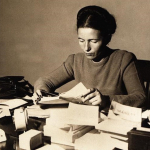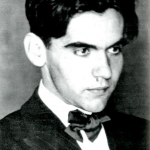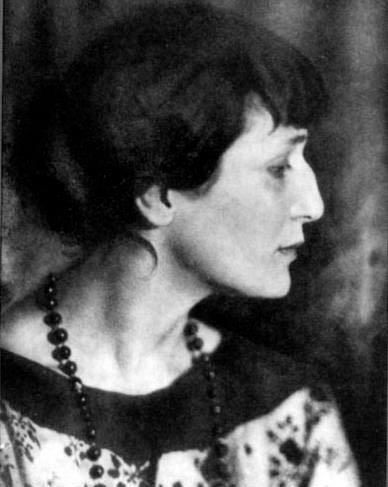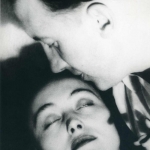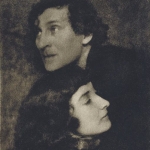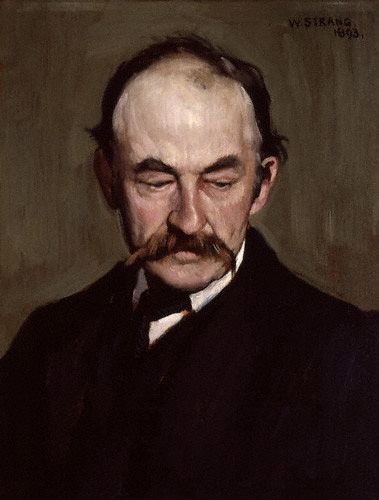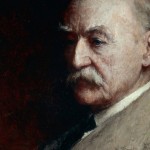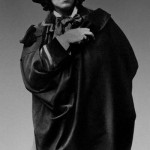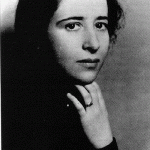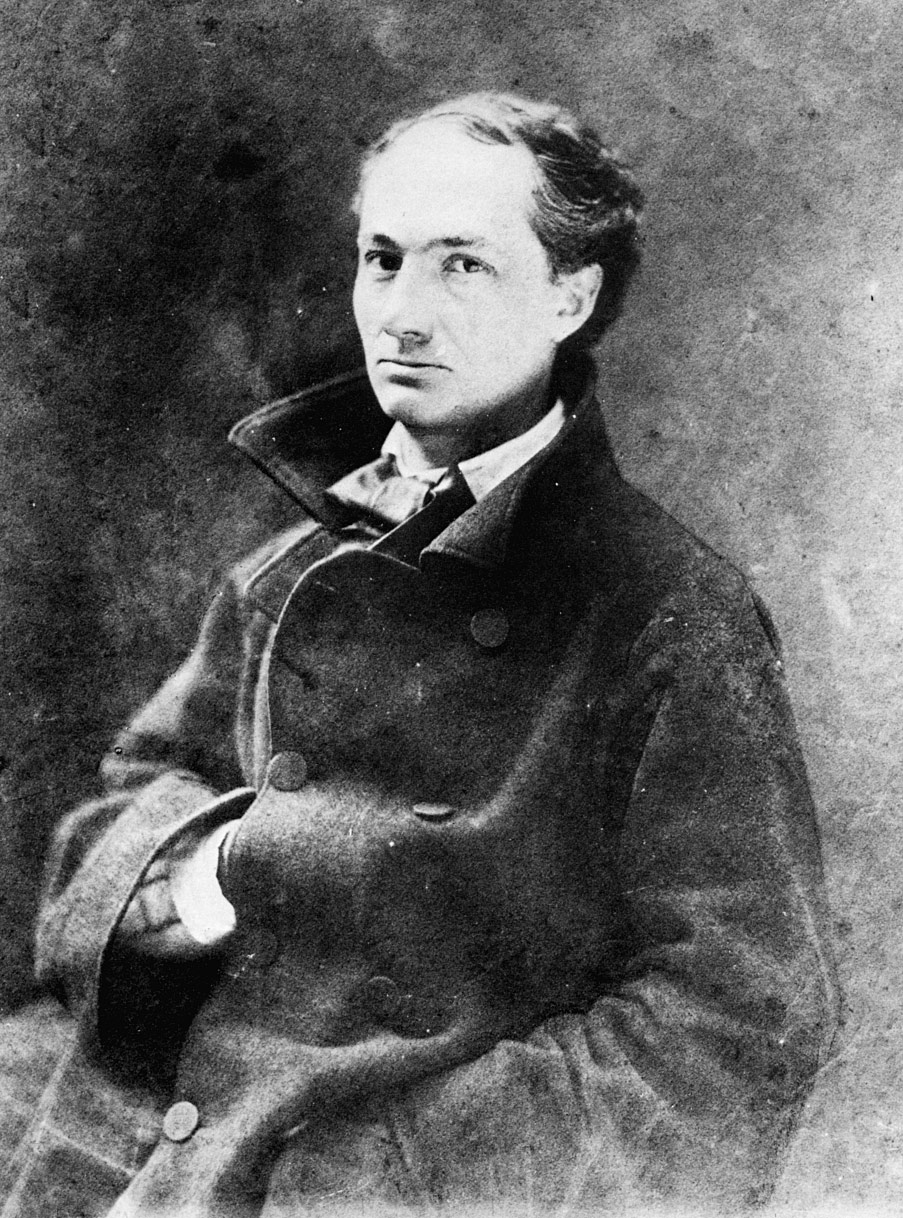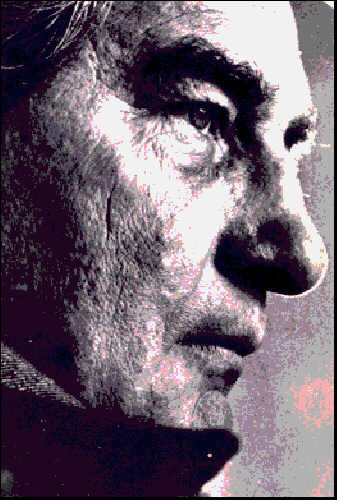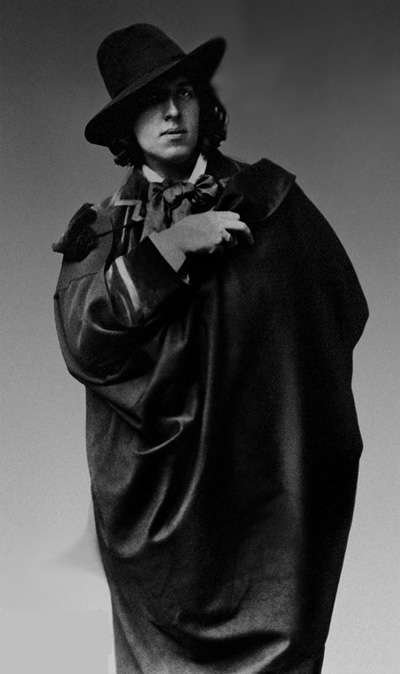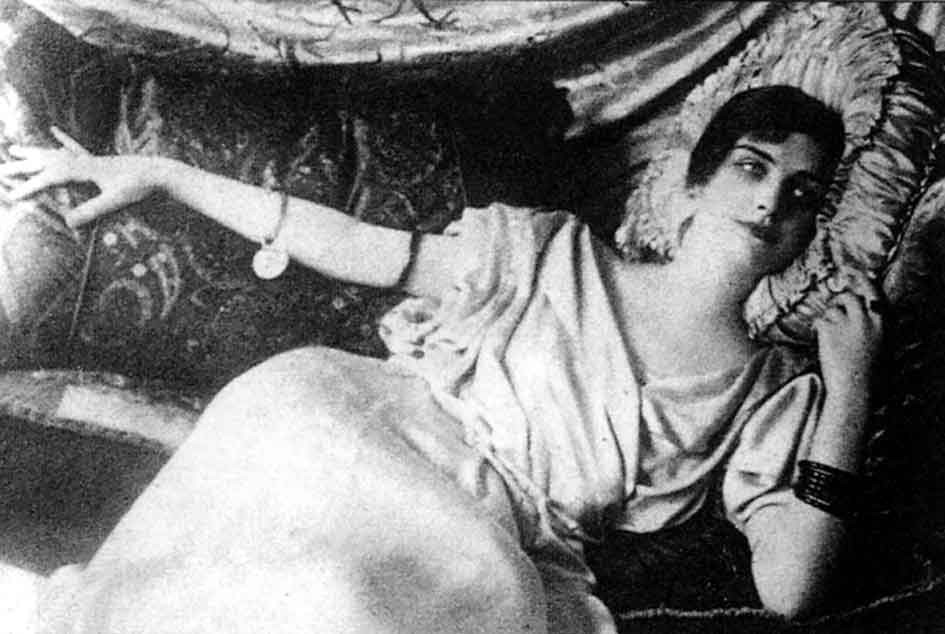LEONARD COHEN ~ A MEMOIR OF MELANCHOLY
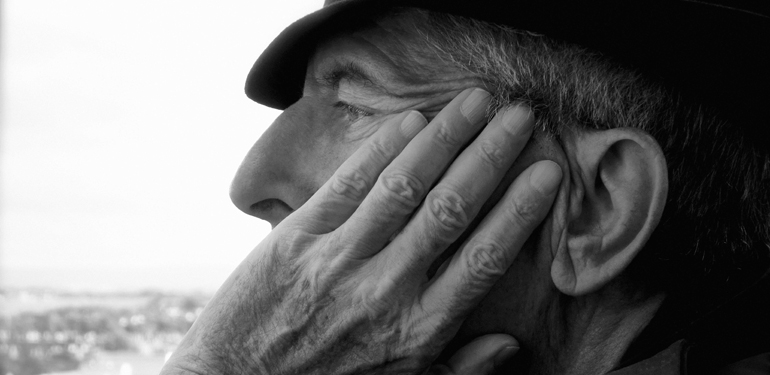
Leonard Cohen (1934 – 2016)
“Like a bird on the wire, Like a drunk in a midnight choir, I have tried in my way to be free.”
We mourn the passing of a Leonard Norman Cohen: Canadian Singer, Songwriter, Poet and Novelist. Cohen died today on the 11th of November 2016, at the age of 82. For many years, Leonard Cohen has been revealing his soul to the world through his poetry and songwriting. Keep Reading


